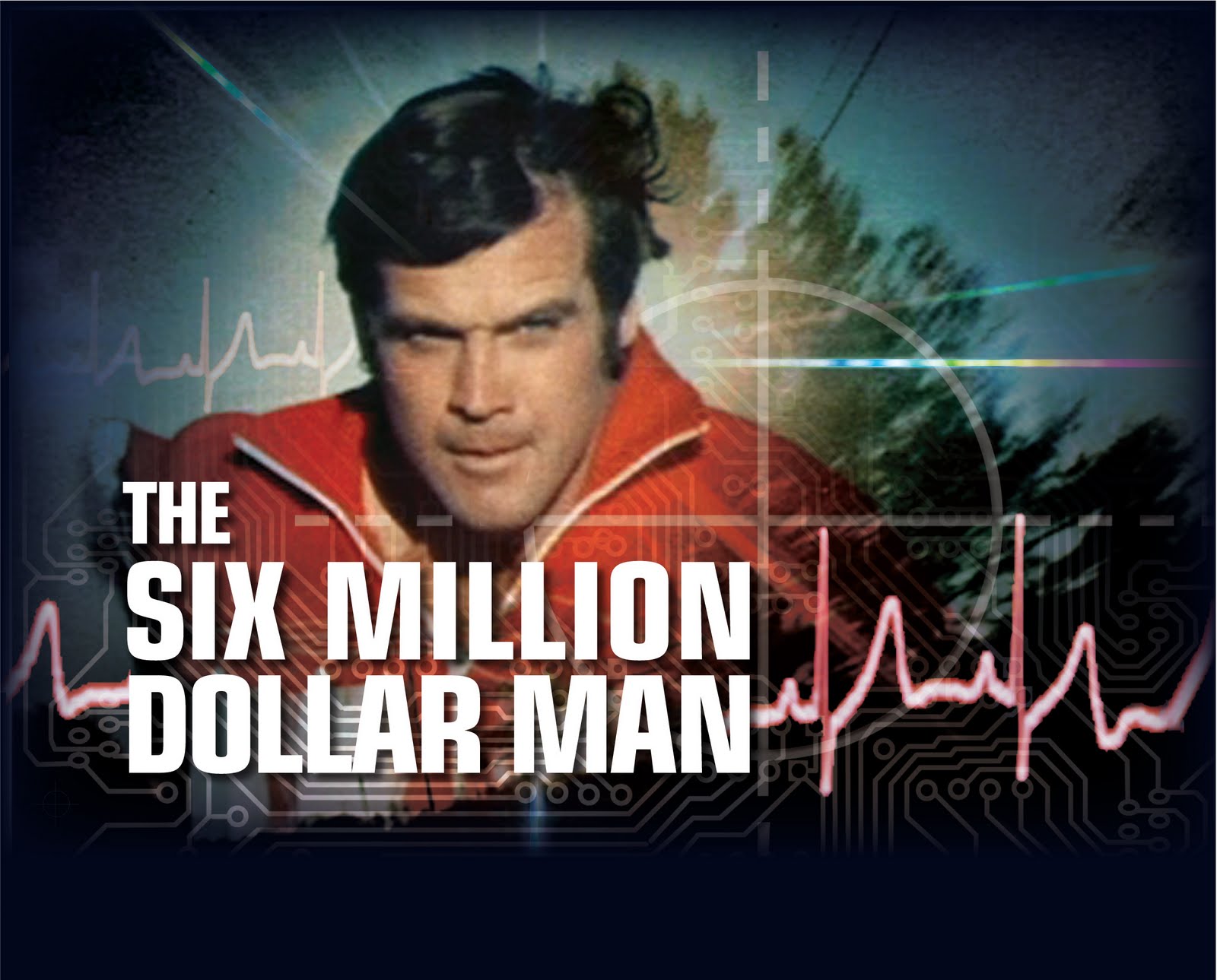As a teenager in the 1970s I loved Steve Austin, the astronaut who crashed and was rebuilt. Remember the tag line “Gentlemen, we can rebuild him. We have the technology, the capability to make the world’s first Bionic man”! It captured my imagination and has come to the front of my thinking now as I consider the possibilities of using technology to compensate for the different disabilities affecting people today. Perhaps we can’t replicate the eagle-eye zoom or the leopard-like speed of Lee Major’s character, but we can certainly bring functional replacement or complementary devices and applications to bring the astronaut-specific re-build of the 70s down to a very affordable level today.
The price of electronic components is continually falling, fueling the consumer electronics boom. Smartphones, and their associated explosion of applications, leverage the mobile network and the cloud computing phenomenon to deliver a wealth of apps both mainstream and specific to certain conditions, often free or at a minimal charge. On top of this comes the wearables revolution: watches, bracelets, eyeware, hearing devices, patches and exoskeleton limbs. 3D printing also means that the manufacturing of specialist devices is literally at the push of a button and can be taken to the most remote part of the world, delivering prosthetics to Africa at an affordable price point.
So how does the $6 million (not even allowing for inflation) look today? What gadgets, software and services could we pluck from consumer electronics retail outlets, apps stores and the medical community to build our modern-day bionic person?
- Smartphone – $500
- Exoskeleton bionic hand – $20,000
- Exoskeleton legs with muscle stimulated control – $30,000
- Sight (glasses) – $2,500
- Hearing – $2,500
- Bracelet with haptic feedback – $500
- Smart watch – $500
- Skin patches- $50
Total = <$100,000
There are, of course, some very expensive options such as retinal implants which still cost $100,000s plus complex surgery. However, most of the shopping list is literally off-the-shelf, or even off-the-printer.
The individual will need a subscription to a mobile provider, and probably also a link to their home WiFi, to enjoy the luxury of controlling the various household devices and services in the smarter-home environment; and, outside of the home, to link with the smart village, town and city services that can also complement the items in terms of navigation, linking into public services as well as the broader business community.
The e-health perspective also needs to be built into the thinking. Some of the devices will link into social and e-health services. Some of the information loops could potentially be to doctors and carers without the individual even needing to be involved. In effect, multiple information loops will feed off and to the individual, whilst improved monitoring and reduced cost of maintaining contact will help fund installations where required.
Steve Austin was funded by the US government in the TV show. In the case of a person being disabled through an accident, insurance would doubtless be involved, as would the medical authorities. Most of the items here are off-the-shelf and affordable for a vast swathe of society, not just limited to astronauts!
The world’s billion disabled people (source WHO) will have an increasing chance of joining in the digital revolution at home, at work and in society as a whole if we all help bring it to their attention. We also need to educate other relevant parties – family and friends, doctors and governments to name a few.
In the year that we all went Back to the Future, it just goes to show that time spent watching TV as a teenager wasn’t wasted. In Thunderbirds and Joe 90, Gerry Anderson predicted video mobile phones, Telepresence and brainwave transplants, and don’t forget the crew of the Starship Enterprise had mobile devices. If you want to predict the future, keep an eye on the TV!

